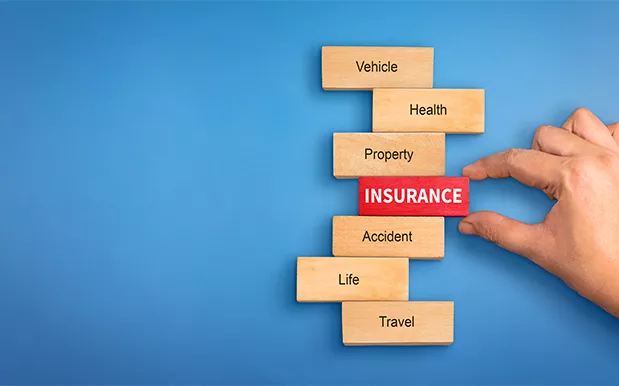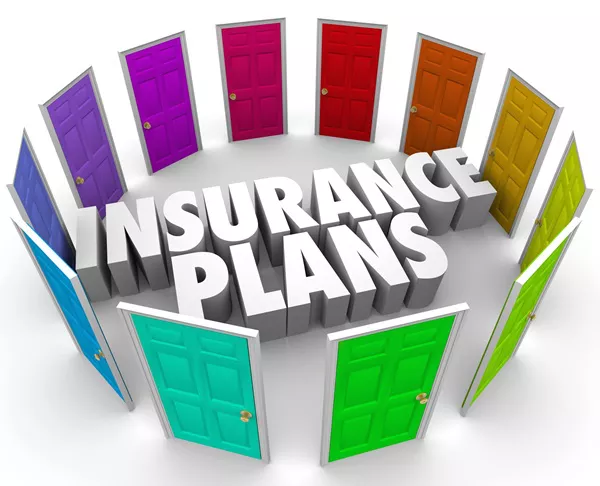Navigating health insurance can be confusing, especially when trying to locate important details like the policy number. A Cigna insurance card contains critical information needed for medical visits, claims, and customer service inquiries. Among the most important details is the policy number, which serves as a unique identifier for your coverage.
This essay provides a detailed guide on where to find the policy number on a Cigna insurance card. It explains the layout of the card, the significance of the policy number, and tips for ensuring you always have access to this information when needed. By the end, you will understand how to quickly locate your policy number and why it is essential for managing your healthcare benefits.
Understanding the Cigna Insurance Card
A Cigna insurance card is a small but vital document that contains all the necessary information about your health coverage. The card is typically made of plastic and is designed to fit easily in a wallet. It includes details such as the member’s name, group number, and policy number.
The policy number is one of the most important pieces of information on the card. It is used by healthcare providers, pharmacies, and Cigna’s customer service to verify coverage and process claims. Without this number, accessing medical services or resolving billing issues can become difficult.
Locating the Policy Number on the Card
The policy number is usually displayed prominently on the front of the Cigna insurance card. It may be labeled as “Policy Number,” “Member ID,” or simply “ID.” The exact placement can vary slightly depending on the type of plan and the card’s design, but it is generally easy to find.
On most Cigna cards, the policy number appears near the top or middle section. It is often a combination of letters and numbers, though some cards may only use numbers. If you have trouble locating it, look for the longest sequence of digits or alphanumeric characters, as this is typically the policy number.
Different Types of Cigna Insurance Cards
Cigna offers various types of insurance plans, including individual, family, and employer-sponsored group plans. The design of the insurance card may differ slightly depending on the plan type. However, the policy number is always included and follows a similar format across different cards.
For employer-sponsored plans, the card may also include a group number, which is different from the policy number. The group number identifies the employer or organization providing the coverage, while the policy number is unique to the individual or family enrolled in the plan.
Why the Policy Number Is Important
The policy number is essential for several reasons. First, healthcare providers use it to verify insurance coverage before providing services. Without it, you may be asked to pay out-of-pocket and file a claim later, which can be inconvenient.
Second, the policy number is required when contacting Cigna’s customer service for assistance with claims, coverage questions, or billing disputes. Having this number readily available ensures a smoother and faster resolution to any issues.
Finally, the policy number is necessary when registering for online account access on Cigna’s website or mobile app. This allows you to manage your benefits, track claims, and view coverage details conveniently.
Tips for Keeping Your Policy Number Accessible
Since the policy number is crucial for accessing healthcare services, it is important to keep it easily accessible. Here are some tips to ensure you always have this information when needed:
- Store a digital copy of your insurance card on your phone. Many insurance companies, including Cigna, offer mobile apps where you can access a digital version of your card.
- Keep a physical copy of your card in your wallet or purse at all times.
- Write down the policy number and store it in a secure place, such as a password manager or a notes app on your phone.
- Share the policy number with family members or caregivers who may need to assist with medical appointments or insurance matters.
Common Mistakes When Locating the Policy Number
Some people confuse the policy number with other numbers on the card, such as the group number or the member’s date of birth. To avoid this mistake, always look for the number labeled as “Policy Number” or “Member ID.”
Another common error is misreading the policy number due to similar-looking characters (e.g., “0” and “O” or “1” and “I”). Double-check the number when providing it to healthcare providers or customer service representatives to prevent delays in processing claims or verifying coverage.
What to Do If You Lose Your Insurance Card
If you lose your Cigna insurance card, you can still retrieve your policy number through alternative methods. The easiest way is to log in to your Cigna online account, where your policy number will be displayed. You can also call Cigna’s customer service and verify your identity to obtain the number.
Additionally, Cigna allows members to request a replacement card through their website or mobile app. Once ordered, a new card will be mailed to your registered address, usually within a few business days.
Conclusion
Finding the policy number on a Cigna insurance card is a simple yet crucial task for managing healthcare benefits. The number is typically located on the front of the card and is labeled clearly. Understanding where to find it ensures smooth interactions with healthcare providers and insurance representatives.
By keeping your policy number accessible and knowing how to retrieve it if needed, you can avoid unnecessary delays in medical care and insurance claims. Always double-check the number to prevent errors and ensure seamless access to your healthcare benefits. With this knowledge, you can confidently navigate your Cigna insurance coverage and make the most of your policy.
Related topics:


































